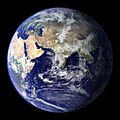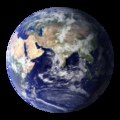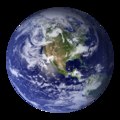Natisinahikaniwoc:Earth Western Hemisphere.jpg
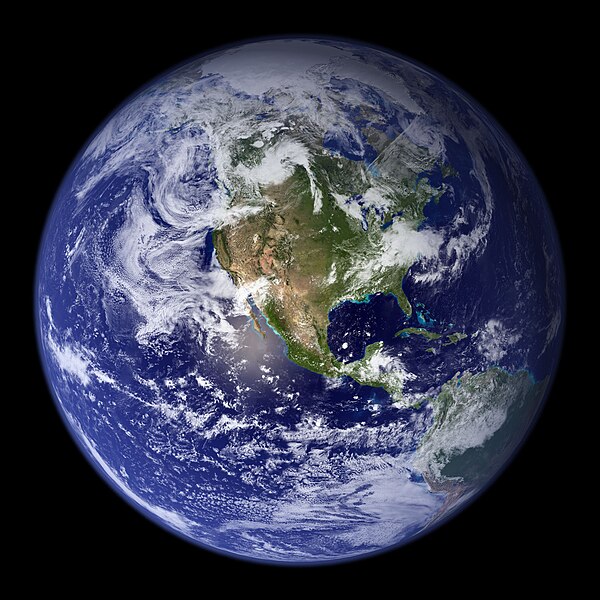
E irikweckwemakisitc600 x 600 pixels Kotak erikokowactepiriki: 240 x 240 pixels | 480 x 480 pixels | 768 x 768 pixels | 1 024 x 1 024 pixels | 2 048 x 2 048 pixels.
E otciparik masinahikaniwoc (2 048x2 048pixels, e irikweckamikak mawtockwemikan:579 kionohwe MIME:image/jpeg)
E itatisokemakak masinahikaniwoc
Ota ici nta makona e tatokonikisitc acitc e tato tipahikaneak kitci wapataman apitc ka masinatek.
| E tatokonakisitc acitc e tato tipahikaneak | Masinasowinicic | E iskwaki | Ka mitatc | E iteritaman | |
|---|---|---|---|---|---|
| mekwatc | 24 Otatakon pisimw 2005 à 23:09 | 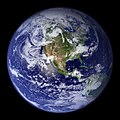 | 2 048 × 2 048 (579 kio) | Tom | {{PD-USGov-NASA}} http://earthobservatory.nasa.gov/Newsroom/BlueMarble/Images/globe_west_2048.jpg Much of the information contained in this image came from a single remote-sensing device-NASA’s Moderate Resolution Imaging Spectroradiometer, or MODIS. |
Ke irapatak masinahikaniwoc
Nama tekaci apatan masinahikaniwoc.
Kitciwe e irapatak masinahikaniwoc
Kotakahik wikis apatcitawok ohweriw ka masinaterik:
- Ote ici apatan af.wikipedia.org
- Ote ici apatan ang.wikipedia.org
- Ote ici apatan ar.wikipedia.org
- العالم
- الأرض
- آسيا
- قارة
- المحيط الهندي
- المحيط الهادئ
- القارة القطبية الجنوبية
- أمريكا الشمالية
- أمريكا الجنوبية
- علم البيئة
- نظام بيئي
- المحيط المتجمد الشمالي
- علوم الأرض
- المحيط الجنوبي
- الصفائح التكتونية
- طبيعة
- محيط (جغرافيا)
- تاريخ الأرض
- حيوم
- أستراليا (قارة)
- تغير أسماء دول آسيا خلال القرن العشرين
- برية
- إفريقيا
- المحيط الأطلسي
- بوابة:المجموعة الشمسية
- تاريخ الأرض الجيولوجي
- العالم من دوننا (كتاب)
- بنية الأرض
- قالب:الأرض الطبيعية
- مستقبل الأرض
- اختلال بيئي
- أرض صلبة
- مركز مراقبة علوم وموارد الأرض
- بوابة:المجموعة الشمسية/قوالب
- تاريخ آسيا الوسطى
- بيئة طبيعية
- مستخدم:Nehaoua/مهامي
- دائرة قطبية
- تضاريس قارة إفريقيا
- الفريق المعني برصد الأرض
- بوابة:محيطات
- بوابة:محيطات/قوالب
- Ote ici apatan arz.wikipedia.org
- Ote ici apatan ast.wikipedia.org
- Ote ici apatan bg.wikipedia.org
Nta kanawapata misiwe e irapatak masinahikaniwoc



